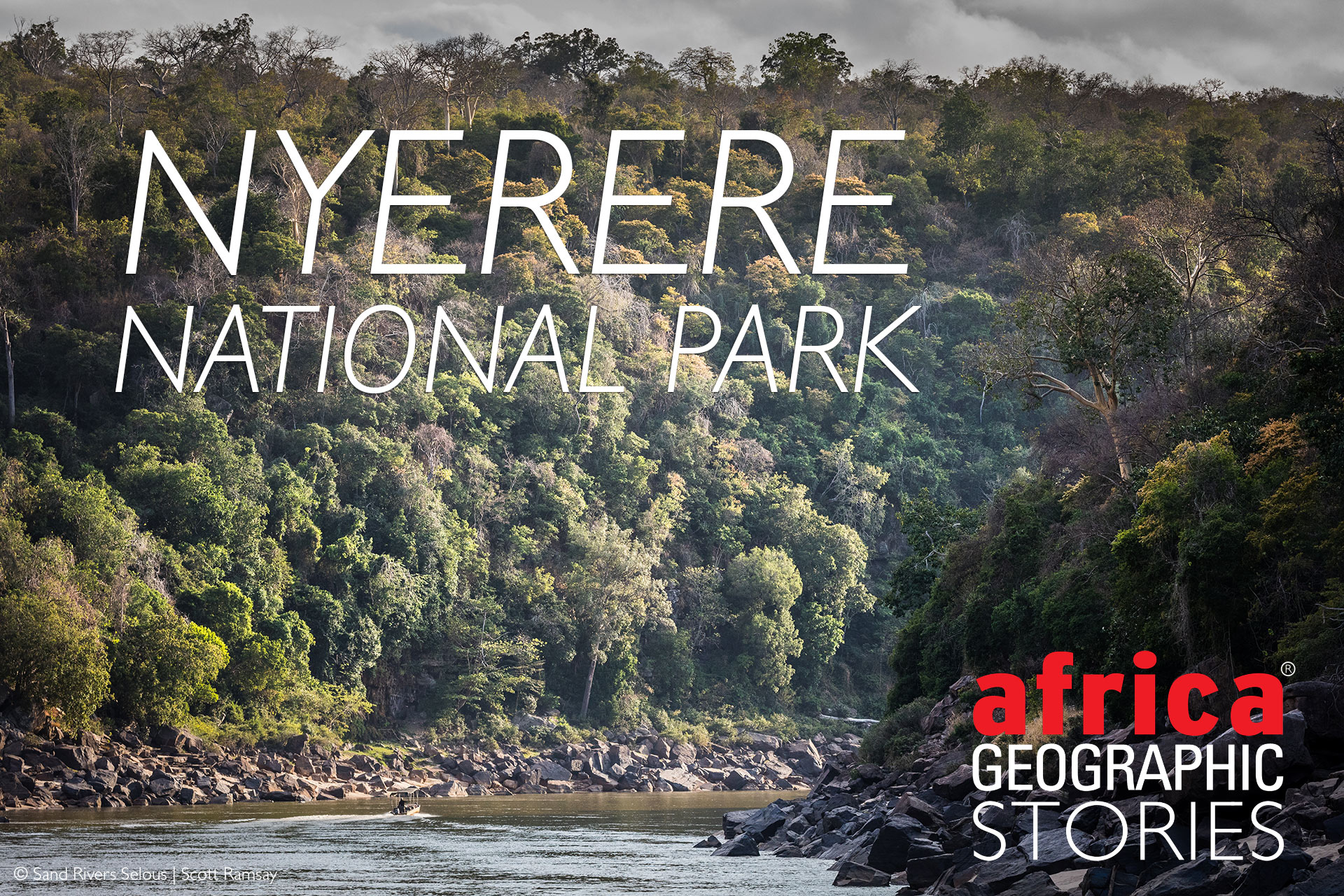
Selous rebranded


In today’s onslaught of media content, words like “unchanged” and “pristine” are bandied about with reckless and inaccurate abandon. Few of Africa’s remaining protected areas are either unchanged or pristine, and to describe them as such is to whitewash the stories of the continent’s resilience. In a time of tremendous change for the Selous Game Reserve, the declaration of Nyerere National Park will be an important chapter in the history of one of Africa’s greatest wilderness regions.

A new chapter?
In 2019, the now-deceased former president of Tanzania, John Magufuli, announced that the vast Selous Game Reserve would be split in two. The northern, southern, and western sides became the Nyerere National Park, while the eastern section remained the Selous Game Reserve. At 30,893 km2 (over three million hectares – more than twice the size of the Serengeti National Park), Nyerere National Park is the largest national park in East Africa. It protects a magnificent mosaic of Vachellia (Acacia) savannahs, grasslands, miombo woodlands, marshes and riverine forests, features which once justified the Selous Game Reserve’s inclusion as a UNESCO World Heritage Site.
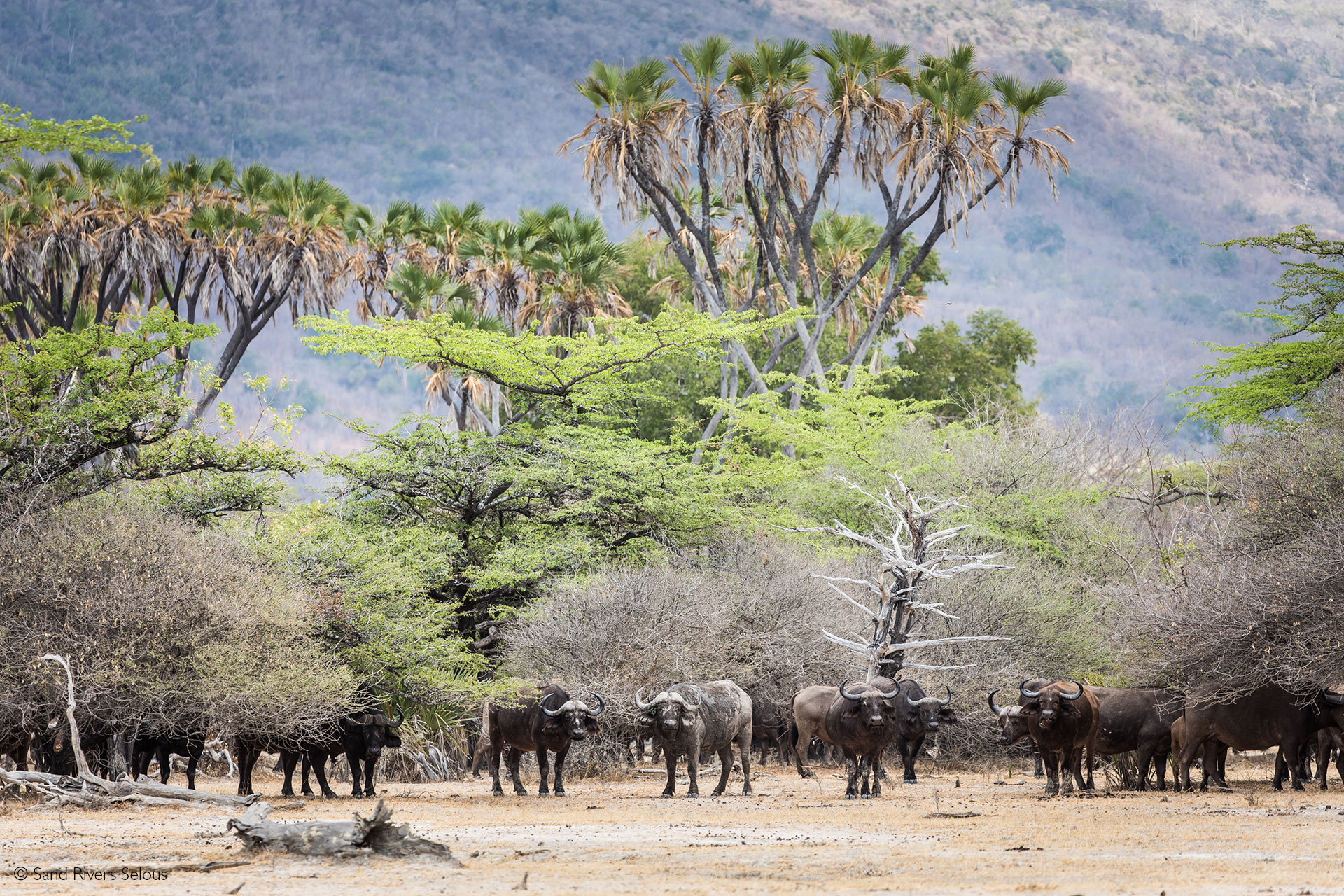
To the east, the park continues as the much-reduced Selous Game Reserve, which nevertheless encompasses some 20,155km2 (around two million hectares – the size of the Kruger National Park). Nyerere is also contiguous with Mikumi National Park in the northwestern corner, which, together with nearby Udzungwa National Park, helps to connect the greater Selous ecosystem to the Ruaha ecosystem in the west.
Nyerere National Park now extends over three sides of the Rufiji River valley, including such tributaries as the Beho Beho and Ruaha Rivers. The Rufiji River – the largest in Tanzania – dominates the landscape, plunging through Stiegler’s Gorge and eventually fanning out into an intricate network of channels, oxbow lakes and swamps. At the height of the rainy season, it transforms into an angry torrent of brown water that changes the face of the landscape each year. In the dry season, it supplies a never-ending parade of thirsty creatures of every shape and size, drawn to the water’s edge and offered welcome shade by towering Borassus palms. Its waterways define the Nyerere/Selous experience, with game drives taking place along the banks and boat safaris across the interconnected lakes – offering a unique African safari option.
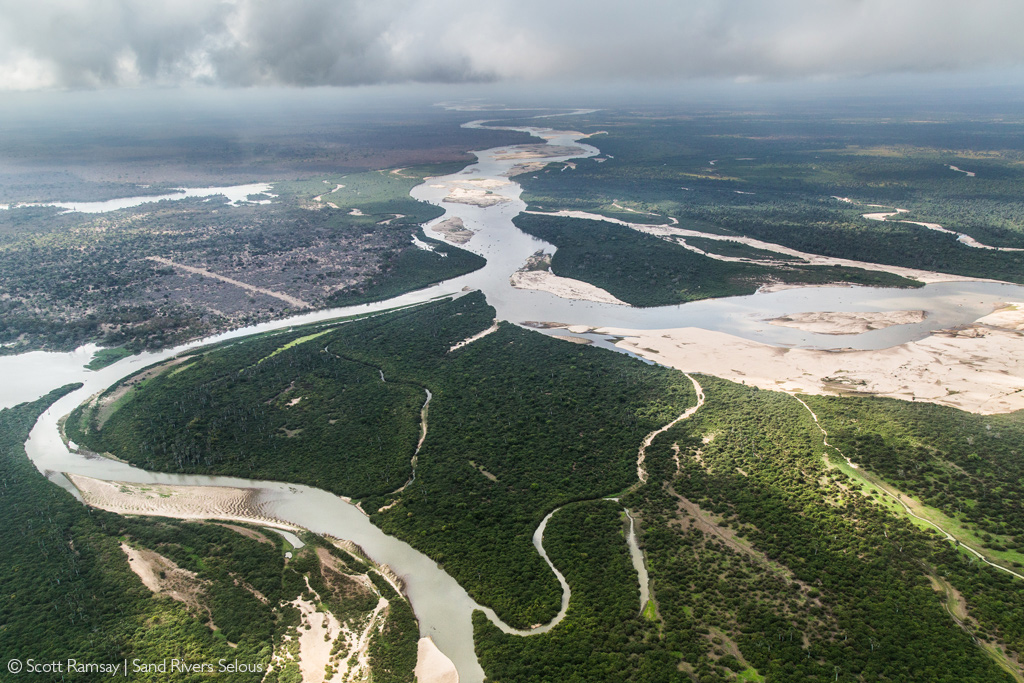

What’s in a name?
Regarding photo tourism, Selous Game Reserve has typically been overshadowed by the northern Tanzanian safari circuit. In contrast to the latter, a Selous safari has always been considered a more rough and ready experience, better suited to experienced safari-goers with a taste for a rugged and authentic wilderness. The same principle applies to Nyerere National Park, though there are plans to increase the park’s tourism footprint.
Even before the creation of Nyerere, photo tourism organisations and lodges have always predominated in the region north of the Rufiji River system. The rest of the Selous was divided into hunting blocks, but this arrangement will no longer apply to those areas now included within the national park. Under Tanzanian law, national parks are afforded the highest levels of legal control over human activity and habitation and are managed by the Tanzanian National Parks Authority, TANAPA. According to government statements, the intention is to improve the road networks and general accessibility of the park and increase the number of camps and lodges.
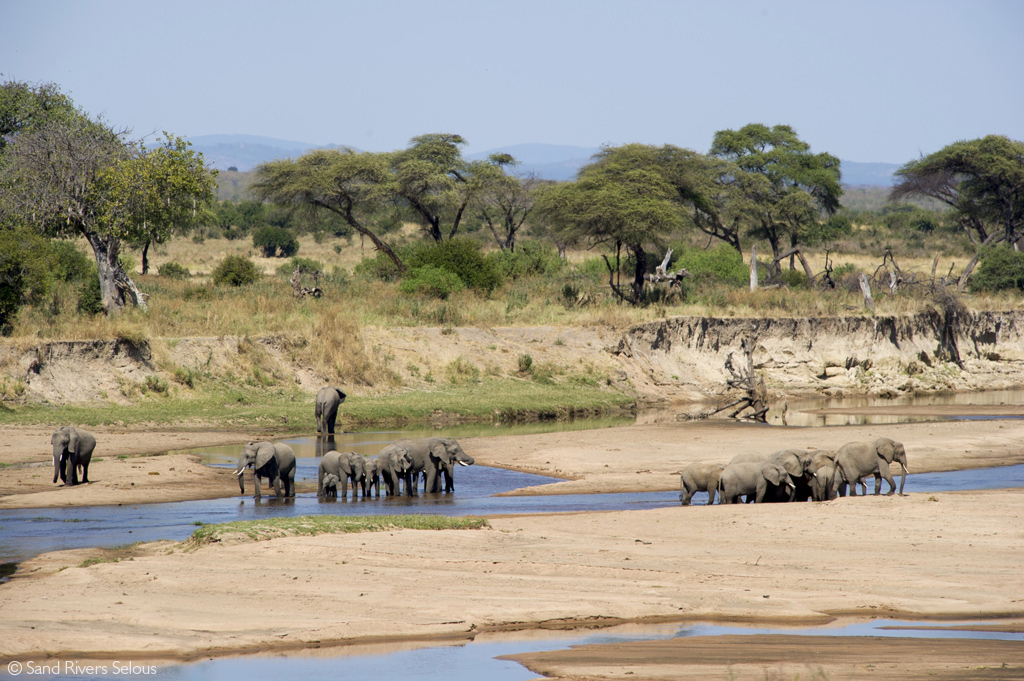

The ‘Selous’ safari
There is no question that, as a safari destination, Nyerere National Park is brimming with untapped potential, but this is not to say that its pleasures are entirely unknown. Wildlife connoisseurs and Selous enthusiasts have long revelled in the opportunity to visit this forgotten corner of Africa, losing themselves to the sheer vastness of the wilderness. The scenic Rufiji River is always a highlight, but the hills, plains, dry riverbeds, marshes, forests and even the park’s hot spring ensure that every day is filled with variety and excitement.
 Find out about Tanzania for your next African safari. We have ready-made safaris to choose from, or ask us to build one just for you.
Find out about Tanzania for your next African safari. We have ready-made safaris to choose from, or ask us to build one just for you.
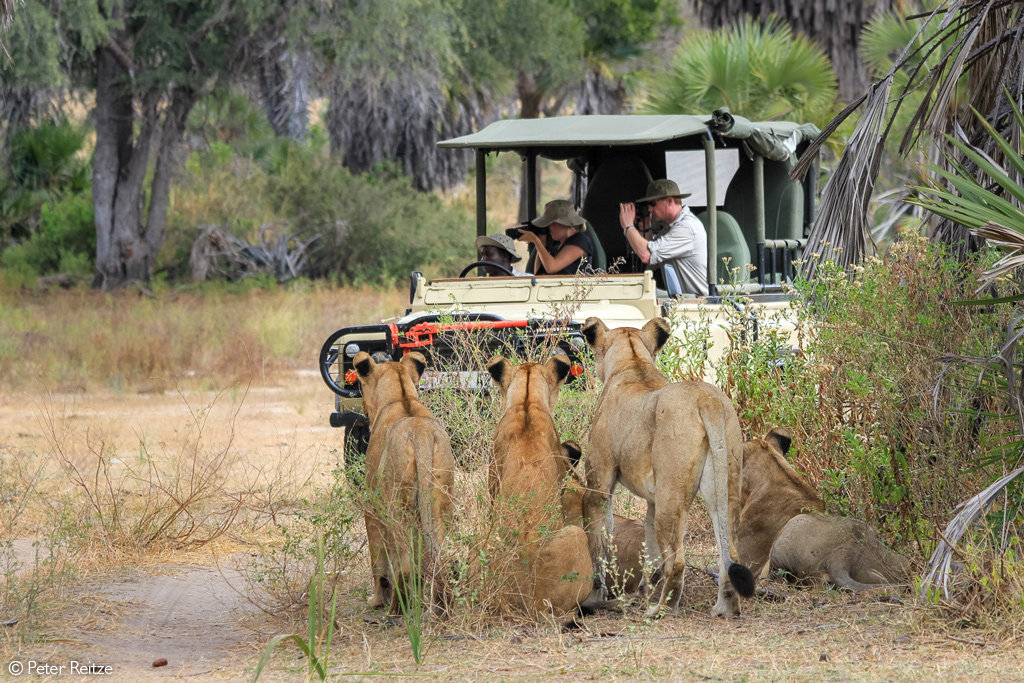
Unsurprisingly, such a vast area of diverse habitats would support an impressive array of fauna and flora. The park is home to the Big 5 (though sightings of its black rhinos are rare), protecting significant populations of elephant, buffalo and lion, as well as many leopards. (For more African safaris offering Big 5 experiences, click here). Cheetah, spotted hyena, giraffe, zebra, eland, Coke’s hartebeest, waterbuck, and wildebeest are all present in healthy numbers in the park, and hippo and crocodiles are abundant in the permanent waterways. However, the region is most renowned for its substantial African wild dog (painted wolf) population, which may be one of the largest on the continent. Other rarities include large herds of sable antelope, puku and the delicate and shy suni.
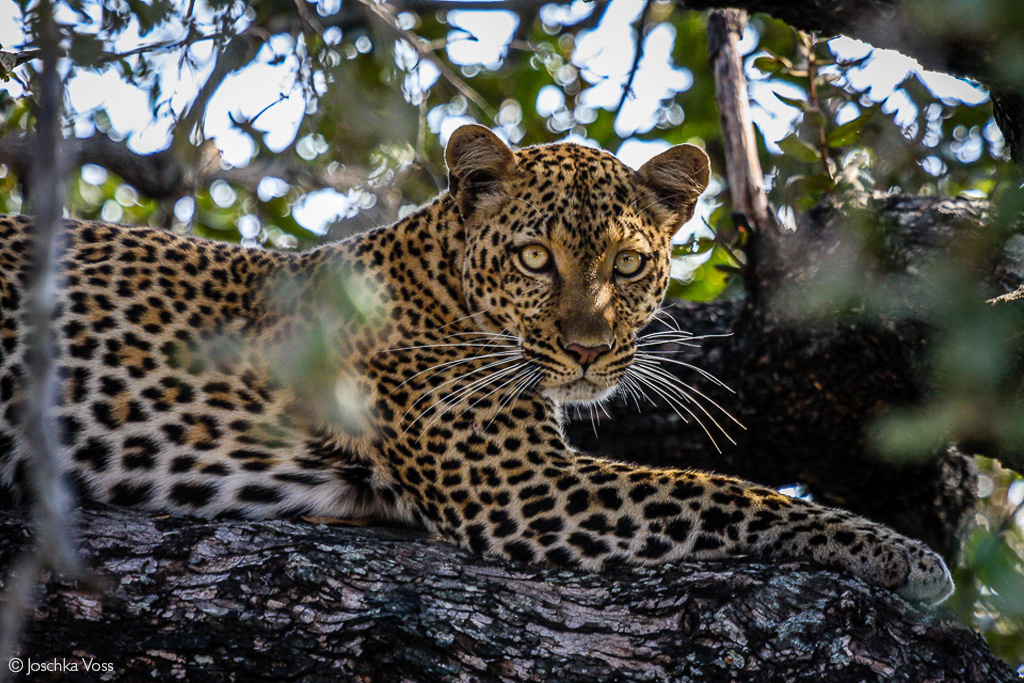
Over 440 bird species have been recorded in the park, including a profusion of bee-eaters, a kaleidoscope of kingfishers, and a chatter of hornbills. Specials like the Udzungwa forest partridge, rufous-winged sunbird, Pel’s fishing owl and African skimmer are bound to enthral expert birders, and the plethora of great white pelicans, storks and herons occupying the lakes and rivers add delightful splashes of colour to an already picturesque scene.
Navigating Nyerere
In a place as vast and untamed as Nyerere, any visit should make the most of the opportunity to explore in every possible way. Indeed, game drives are an essential aspect of the experience. Yet one day spent in a vehicle could be followed by a morning’s boat safari and breakfast on a sandbar – surrounded by hippos and without another human being in sight. The terrain unequivocally lends itself to exploration on foot, in the company of an expert guide to expose and translate the natural marvels of the park. And for those looking for absolute immersion in nature, some lodges offer fly camping, with tents set up in the middle of the wilderness, with just a thin layer of canvas between their occupants and the creatures of the Nyerere night.
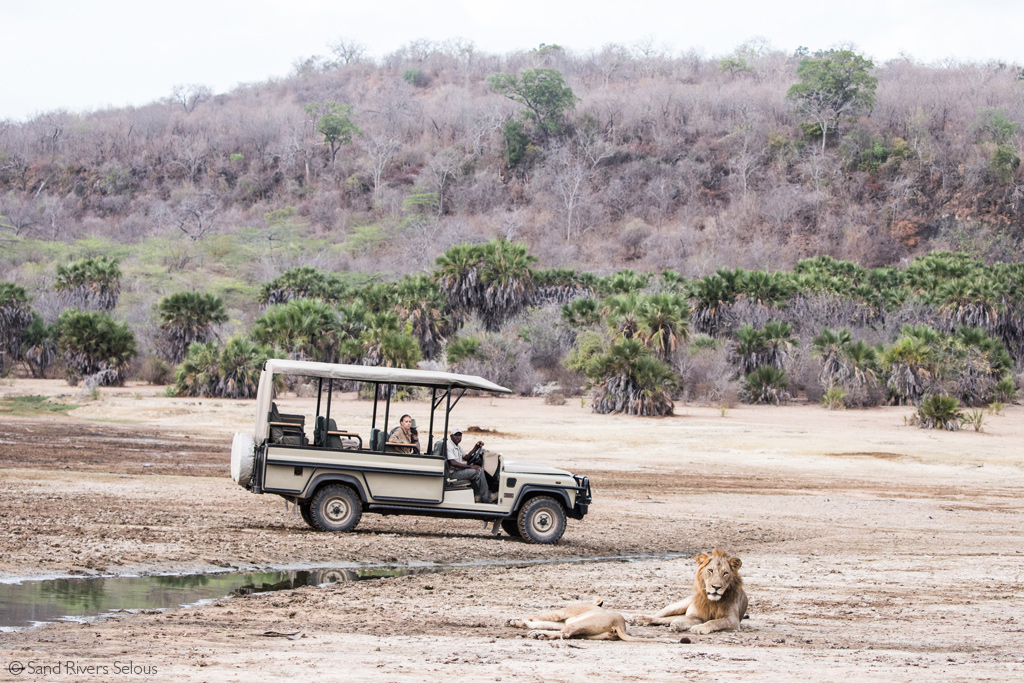
Other attractions include the hot springs and the grave of Frederick Courteney Selous, the British explorer, officer, hunter and conservationist for whom the Selous Game Reserve was named. He was killed by a German sniper during World War I near the Beho Beho River.

Explore & stay in Nyerere
No matter the changes wrought over the next few years, it is doubtful that Nyerere will see the same number of tourists that flock to the north of the country every year. Instead, the park will likely retain the old Selous feeling of authentic, low-density, high-quality safaris centred around appreciating the surrounding wilderness. And while the scenery may be rugged, there is no shortage of luxury and ultra-luxury accommodation options – meaning that adventurous days end in the comfort of traditional East African hospitality. From rustic and simple to lamplit luxury, there are choices to suit most budgets.
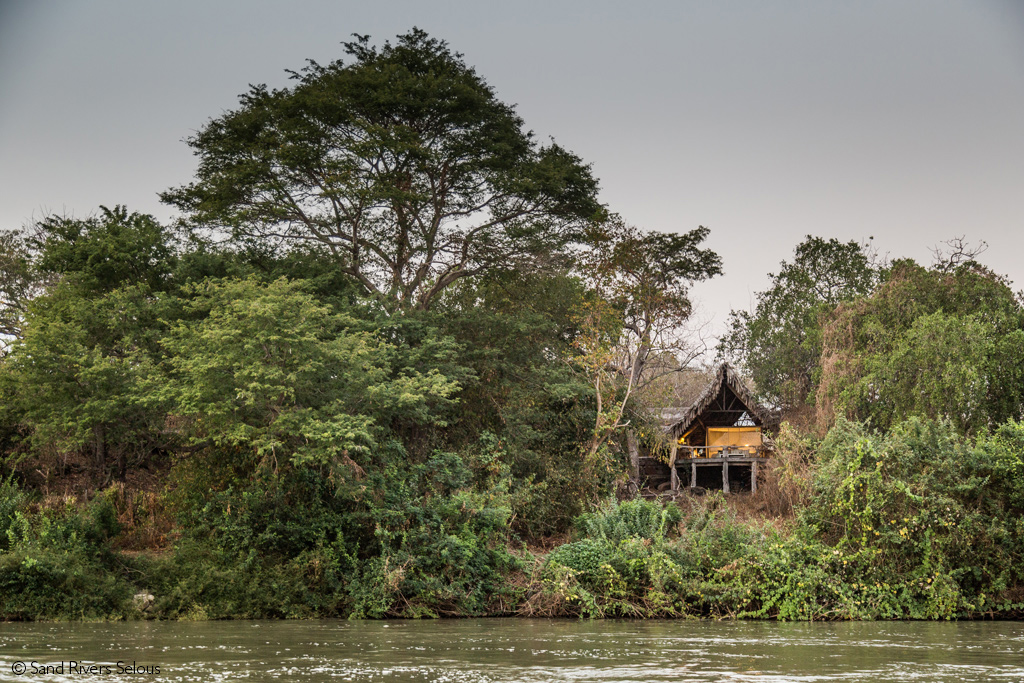
The dry season from June until October offers the best wildlife viewing, as the vegetation is less dense, and animals are drawn to the banks of the Rufiji River. Much of the park becomes inaccessible at the height of the rainy season from around March to May. Tanzania’s second dry season, from mid-December until March, is also a good time for visiting birders looking to catch the incoming migrant species (and take advantage of low season rates).
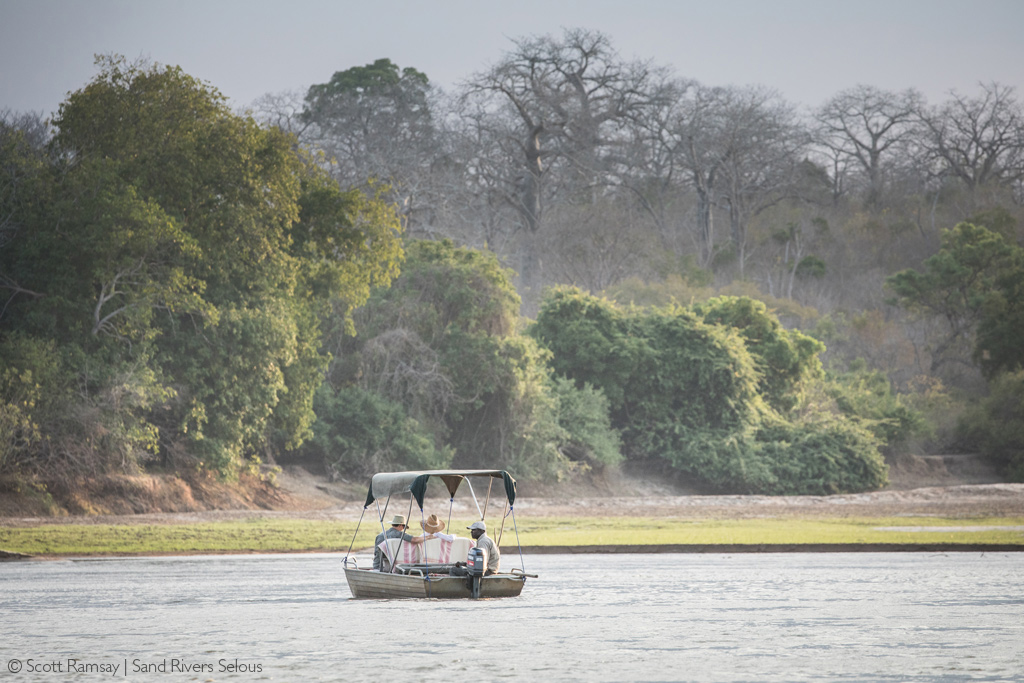
An important adden‘dam’
Along its journey through the Selous to the Indian Ocean, the Rufiji River passes through Stiegler’s Gorge, once considered to be one of the main attractions in Selous, where the water plunges through a narrow ravine with walls 100 metres high. Here, former president Magufuli has commissioned the construction of Stiegler’s Gorge Hydropower Dam.
Despite the considerable outrage from environmentalists, construction began in 2020, and the dam is now apparently a fait accompli. Beset with challenges, the date of completion has been delayed to 2024. While the dam is set to cover just 2% of the Selous area, it will flood vital riverine forests and inevitably impact downstream habitats. Consequently, those wishing to experience the “old Selous” would be advised to book sooner rather than later.
Final thoughts on Nyerere
An ancient baobab stands sentinel on the plains below the Beho Beho Hills, squat and silent. Just over a hundred years ago, it would have witnessed World War I in Africa as bullets flew and nations clashed. Today, its presence serves as a poignant reminder that, while all things eventually pass, no wilderness is free from the scars of human folly. Nyerere National Park and Selous Game Reserve will soon be irrevocably changed, but the very essence of their wildness will endure. Elephants will still feed, dwarfed by towering palms, hippos will find their feet in new waterways, and fleet-footed wild dogs will bound across open plains. And adventurous souls will still find refuge in the raw and ancient beauty of ultimately untameable Nyerere.

To comment on this story: Login (or sign up) to our app here - it's a troll-free safe place 🙂.![]()






